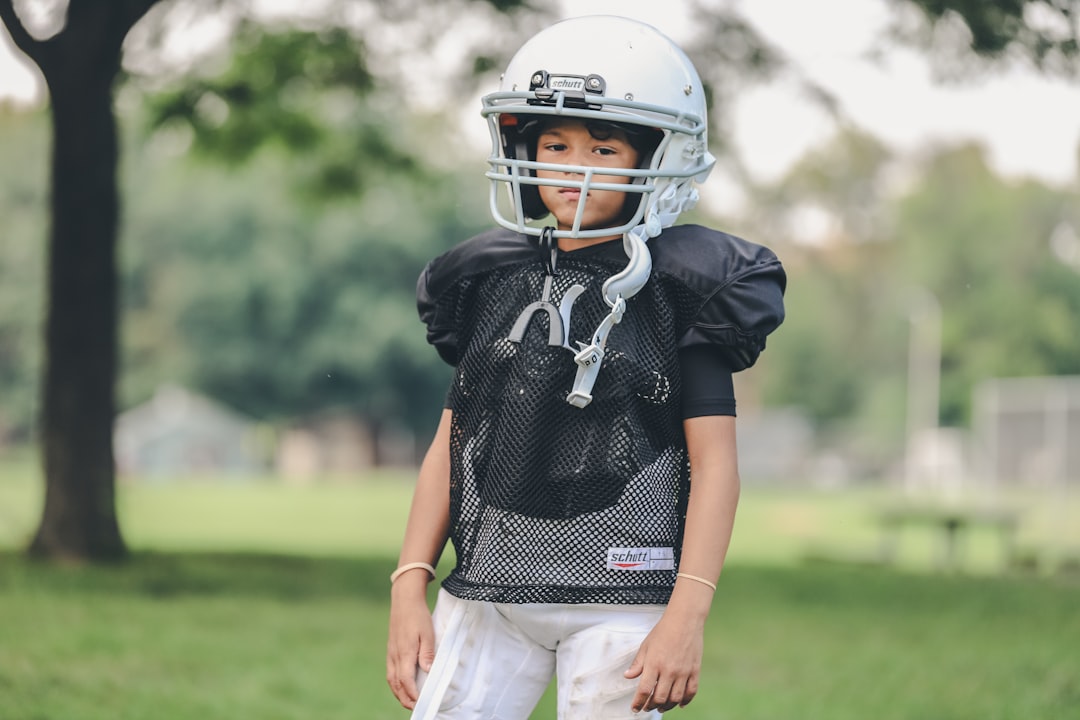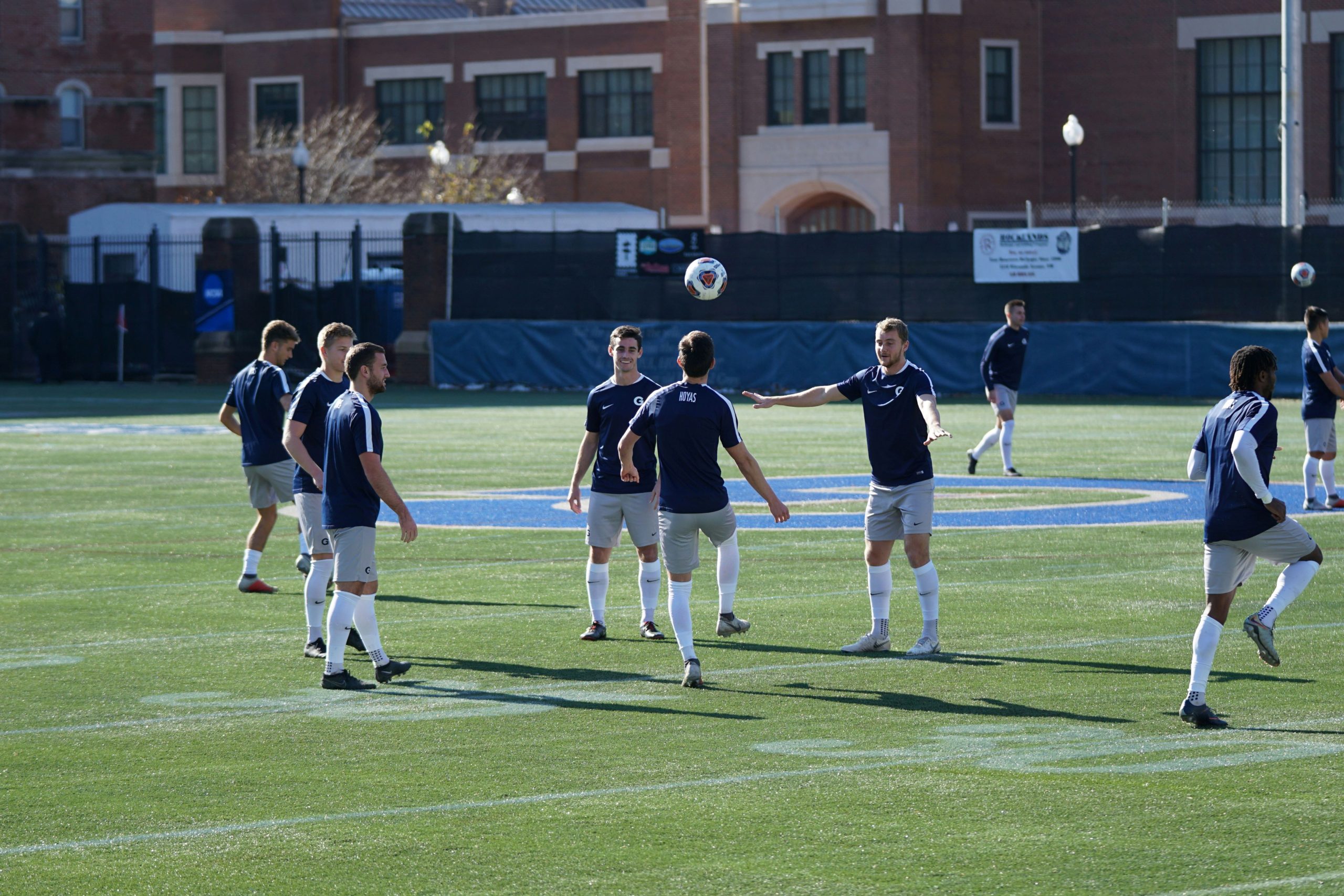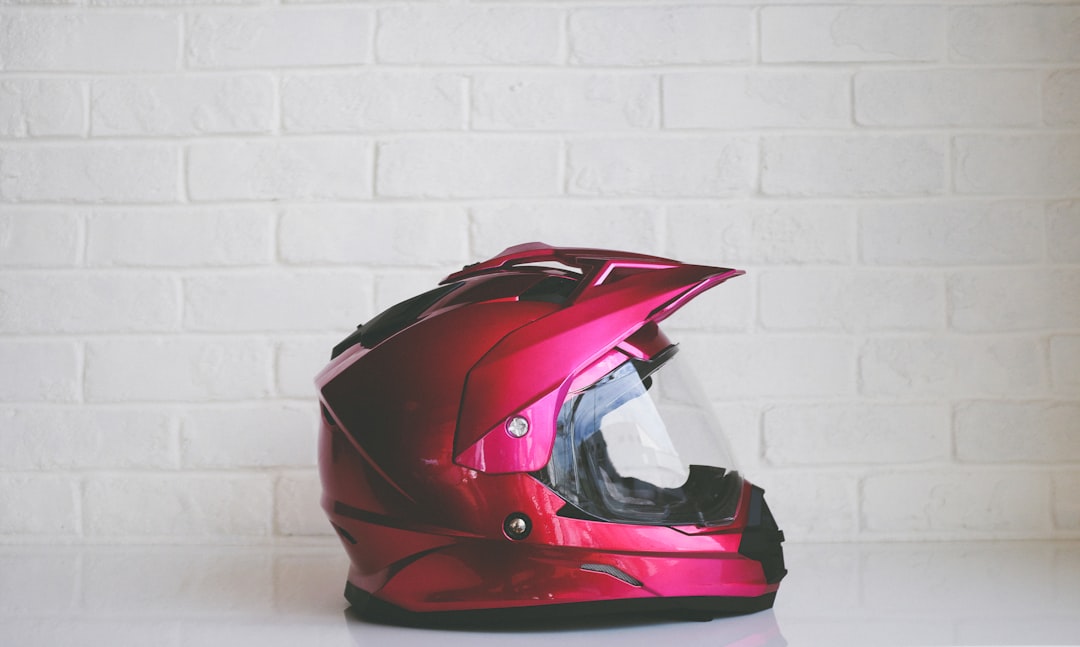When it comes to football gear, much of the attention is usually placed on helmets, cleats, and shoulder pads. But there’s one piece of equipment that is often overlooked despite its importance—the football girdle. As we head into 2025, players and parents alike are asking an important question: Do you really need a girdle to play football? Let’s break down what a football girdle is, why it exists, and whether it remains essential gear in the modern game.
What is a Football Girdle?
A football girdle is a tightly-fitted piece of athletic gear worn under football pants. Its primary purpose is to hold protective padding in place around key areas of the lower body such as:
- Thighs
- Hips
- Tailbone
Girdles are made from compression fabric, which helps keep muscles warm and reduces muscle fatigue over time. Many modern girdles now come with integrated padding, which eliminates the need to manually insert pads before every practice or game.

The Rise of Integrated Football Equipment
In 2025, technology has found its way into just about everything—including football gear. Girdles now offer a blend of functionality, comfort, and performance enhancement. Here are some features you’ll find in today’s high-quality football girdles:
- Moisture-Wicking Fabric: Keeps sweat away to maintain comfort.
- Built-in Lightweight Padding: Better mobility with optimized protection.
- Antimicrobial Material: Reduces odor buildup for long-lasting wear.
- Compression Fit: Supports muscles and aids recovery.
These features make girdles especially popular among players who want to streamline their setup while not compromising on protection.
Do You Really Need One?
This is the million-dollar question. And the answer? It depends on your level of play and your position. Here’s a breakdown of situations where a girdle might—or might not—be necessary:
You DO Need a Girdle If:
- You play in a full-contact league (high school, college, or higher).
- Your position involves frequent tackling or being tackled—running backs, linebackers, tight ends, etc.
- You want additional muscle compression and lower body support.
You Might NOT Need a Girdle If:
- You play flag football or a non-contact version of the sport.
- Your league doesn’t require integrated padding in practice gear.
- You’re already wearing padded pants with all the necessary protection.
Ultimately, the girdle offers a balance between performance and safety. Coaches and trainers still recommend it for most players, even those in positions with less contact. Why? Because preventing a hip or thigh injury can be just as crucial as protecting your head or shoulders.

What to Look for When Buying a Girdle in 2025
Choosing a girdle can be overwhelming given the number of options on the market. Here’s what players and parents should prioritize:
- Fit: It should feel snug but not constrictive. Comfort is key.
- Padding Placement: Ensure proper coverage over hips, thighs, and tailbone.
- Breathability: Mesh panels and ventilation zones make a big difference during hot practices.
- Brand Reputation: Stick to trusted names like Nike, Under Armour, or Schutt for durability and quality.
Also, keep an eye out for smart girdles. Yes, that’s a thing now. Some high-end models include impact sensors that sync with apps to report tackle force and movement efficiency. While still pricey, these tech-integrated girdles are finding their way into elite programs and may trickle down to consumer markets in late 2025.
Conclusion: The Girdle’s Place in Today’s Game
The football girdle may not look flashy, but its impact on safety and performance is undeniable. Whether you’re a high school athlete striving for a college scholarship or a recreational player giving it your all on Sunday, the girdle offers essential protection that can’t be ignored. In 2025, with the evolution of gear and growing awareness of injury prevention, a girdle isn’t just a “nice-to-have”—for many players, it’s a must-have.
So, do you really need one? If you’re serious about playing smart—and safe—the answer is a resounding yes.
